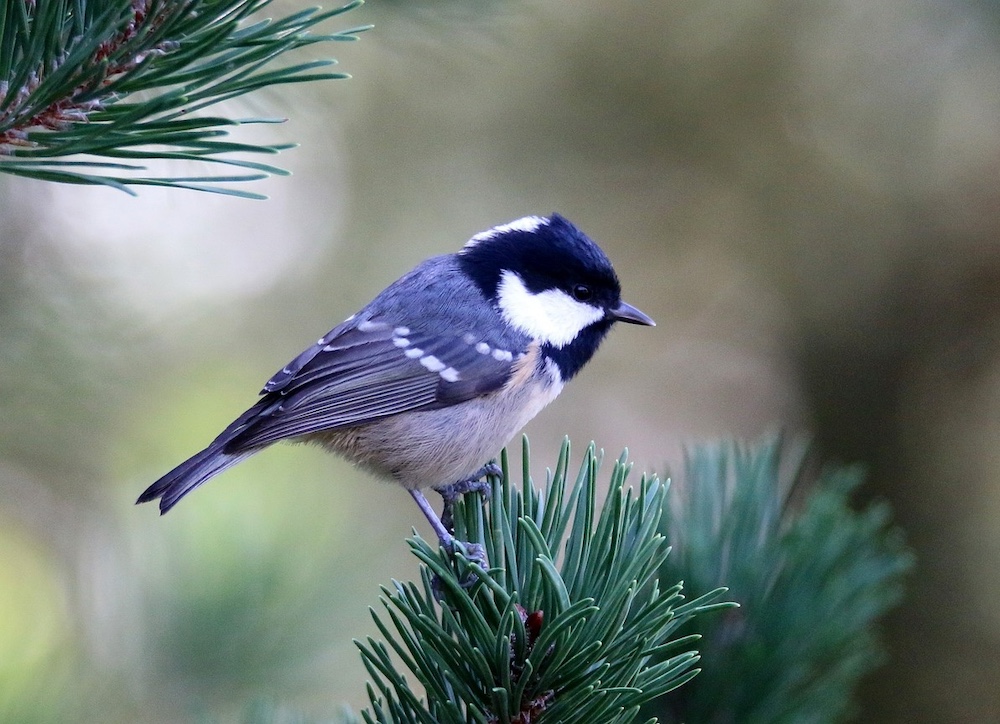The influence of climate change on brood size and breeding time in three tit species in Sweden, 1962–2019
DOI:
https://doi.org/10.34080/os.v34.26122Keywords:
Paridae, ringing, Coal Tit (Periparus ater), Crested Tit (Lophophanes cristatus), Willow Tit (Poecile montanus)Abstract
Climate change is expected to affect many biological systems, including the timing of seasonal events such as breeding in birds. In this study, I investigated how brood size and timing of reproduction (measured as median date for ringing of broods) changed for three tit species in Sweden 1962–2019 using data reported to the Swedish Bird Ringing Centre. The brood size for the Coal Tit Periparus ater increased from 7.74 between 1962–2001 to 7.98 young between 2002–2019, while no change was detected for Crested Tit Lophophanes cristatus or Willow Tit Poecile montanus. The largest biological effects were seen for timing of reproduction, with Coal Tits and the Crested Tits initiating breeding about seven days earlier at the end of the study period compared to the 1960s. The Willow Tit data also suggested earlier breeding, but only by about two days across the study period.Downloads
References
Green M, Haas F & Lindström Å. 2019. Monitoring population changes of birds in Sweden. Annual report for 2018. Report, Department of Biology, Lund University. 92 pp. Available at http://www.fageltaxering.lu.se/sites/default/files/files/Rapporter/arsrapportfor2018kf.pdf.
IPCC 2021. Summary for Policymakers. In: Climate Change 2021: The Physical Science Basis. Contribution of Working Group I to the Sixth Assessment Report of the Intergovernmental Panel on Climate Change (Masson-Delmotte V, Zhai P, Pirani A, Connors SL, Péan C, Berger S, Caud N, Chen Y, Goldfarb L, Gomis MI, Huang M, Leitzell K, Lonnoy E, Matthews JBR, Maycock T, Waterfield TK, Yelekçi O, Yu R & Zhou B, eds). Cambridge University Press. https://www.ipcc.ch/report/ar6/wg1/downloads/report/IPCC_AR6_WGI_Full_Report.pdf
Miller-Rushing AJ, Høye TT, Inouye D & Post E. 2010. The effects of phenological mismatches on demography. Philosophical Transaction of the Royal Society B. 365: 3177–3186. https://doi.org/10.1098/rstb.2010.0148 DOI: https://doi.org/10.1098/rstb.2010.0148
Ryttman H. 2003. Breeding success of Wryneck Jynx torquilla during the last 40 years in Sweden. Ornis Svecica 13: 25–28. https://doi.org/10.34080/os.v13.22817 DOI: https://doi.org/10.34080/os.v13.22817
Ryttman H. 2014. Göktytan på frammarsch i Sverige. Fauna och flora 109: 26–28.
Ryttman H & Hall-Karlsson S. 2010. Brood size of four titmice (Paridae) during 1962–2001. Ornis Svecica 20: 57–62. https://doi.org/10.34080/os.v20.22639 DOI: https://doi.org/10.34080/os.v20.22639
Saalfeld ST, McEwen DC, Kesler DC, Butler MG, Cunningham JA, Doll AC, English WB, Gerik DE, Grond K, Herzog P, Hill BL, Lagassé BJ & Lanctot RB. 2019. Phenological mismatch in Arctic‐breeding shorebirds: Impact of snowmelt and unpredictable weather conditions on food availability and chick growth. Ecology and Evolution 9: 6693–6707. https://doi.org/10.1002/ece3.5248 DOI: https://doi.org/10.1002/ece3.5248
Schölin KG & Källander H. 2012. A Blue Tit Cyanistes caeruleus population: its recent increase a breeding data. Ornis Svecica 22: 19–24. https://doi.org/10.34080/os.v21.22597 DOI: https://doi.org/10.34080/os.v21.22597
Schölin KG & Källander H. 2013. The breeding biology of the Coal Tit Periparus ater in South Central Sweden. Ornis Svecica 23: 151–158. https://doi.org/10.34080/os.v23.22567 DOI: https://doi.org/10.34080/os.v23.22567
Visser ME, van Noordwij AJ, Tinbergen JM & Lessels CM. 1998. Warmer springs lead to mistimed reproduction in great tits (Parus major). Proceedings of the Royal Society London B 265: 1867–1870. https://doi.org/10.1098/rspb.1998.0514 DOI: https://doi.org/10.1098/rspb.1998.0514

Downloads
Published
How to Cite
Issue
Section
License
Copyright (c) 2024 Hans Ryttman

This work is licensed under a Creative Commons Attribution 4.0 International License.
The copyright of each contribution belongs to the author(s), but all contributions are published under a Creative Commons license, so that anyone is free to share and reuse the contribution as long as the copyright holder is attributed.







